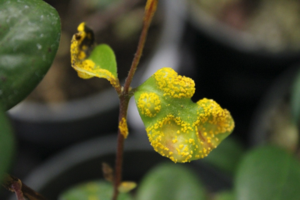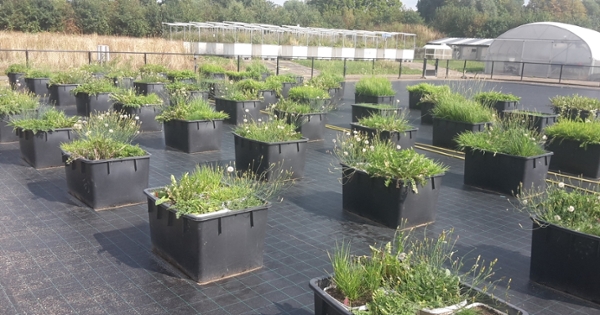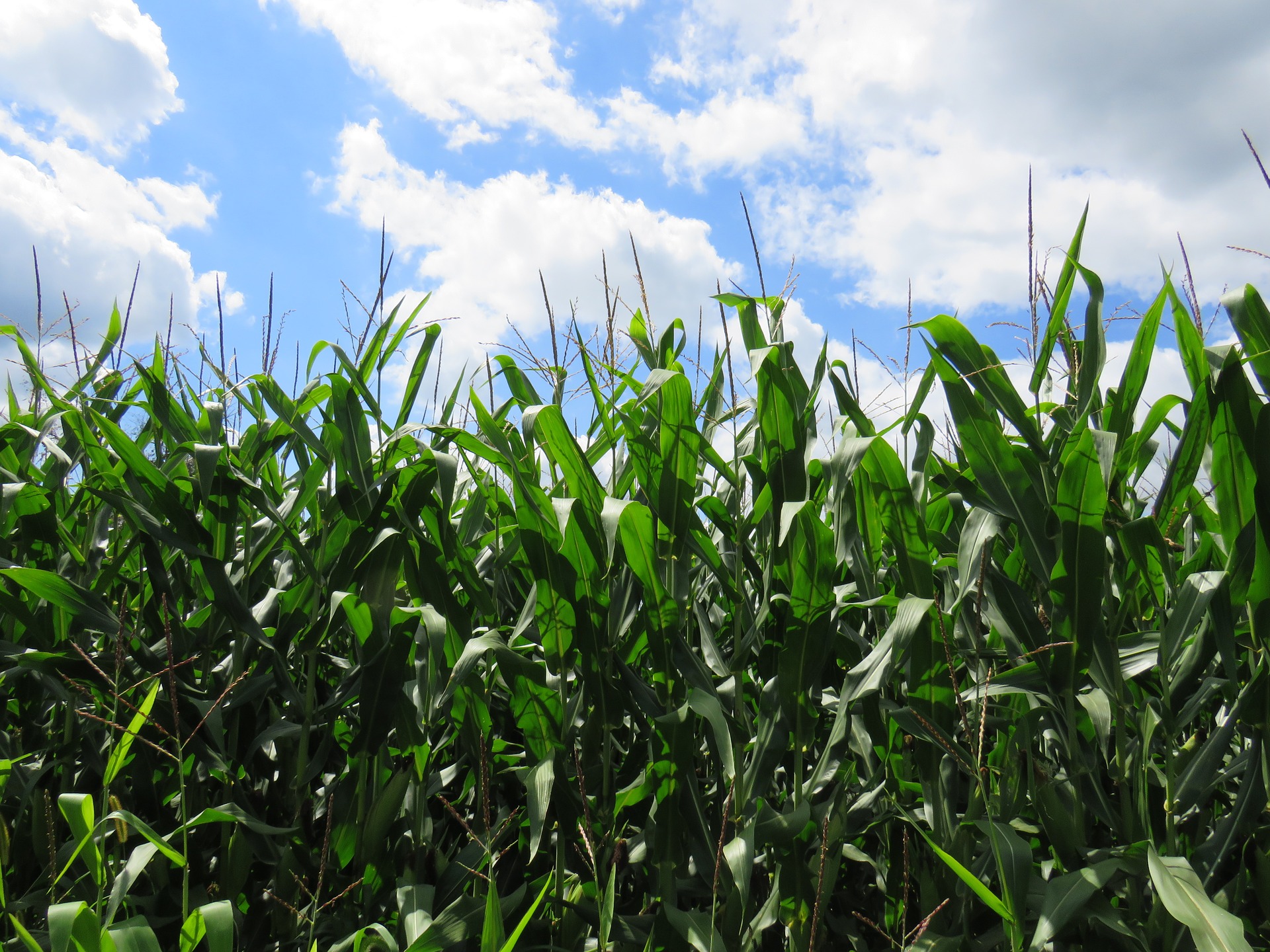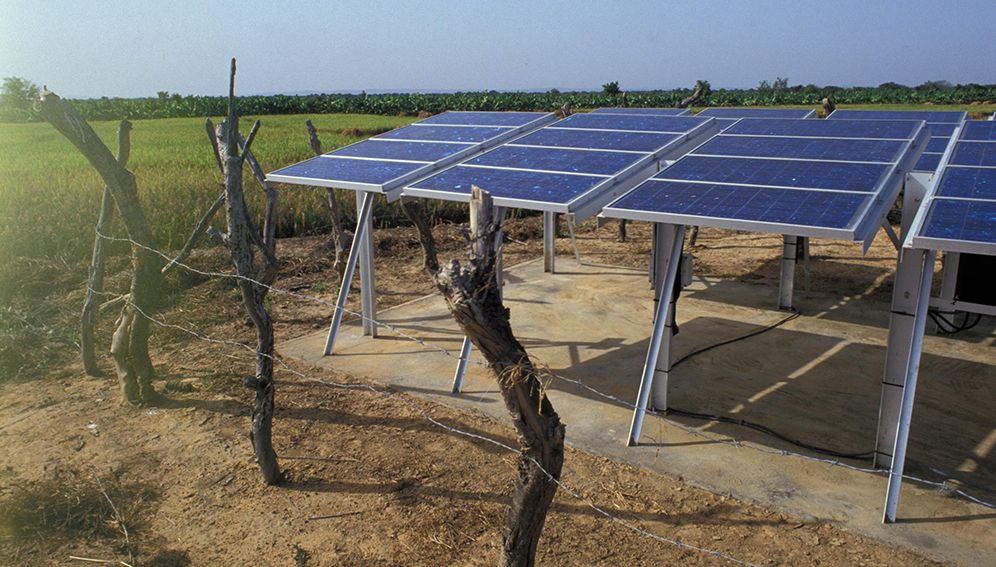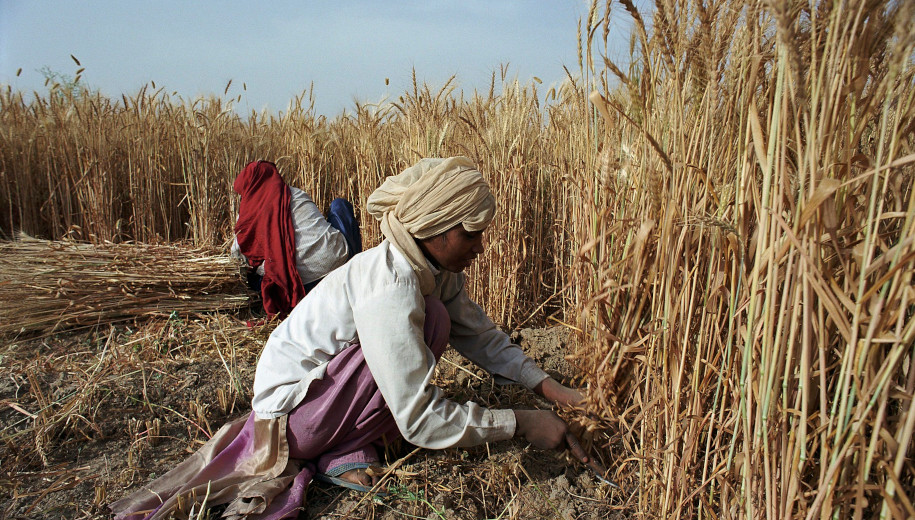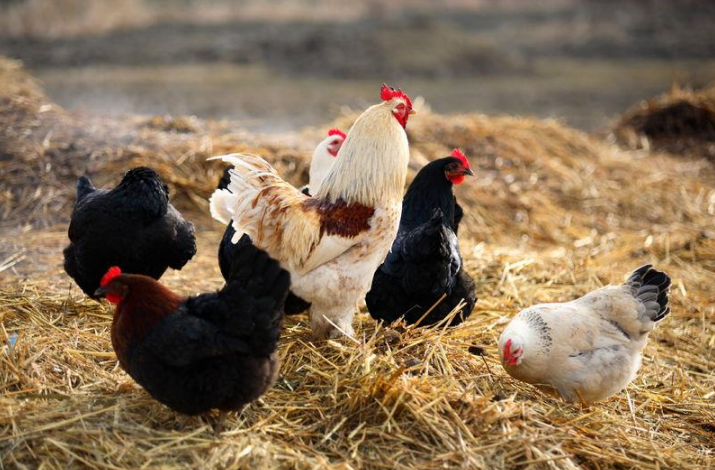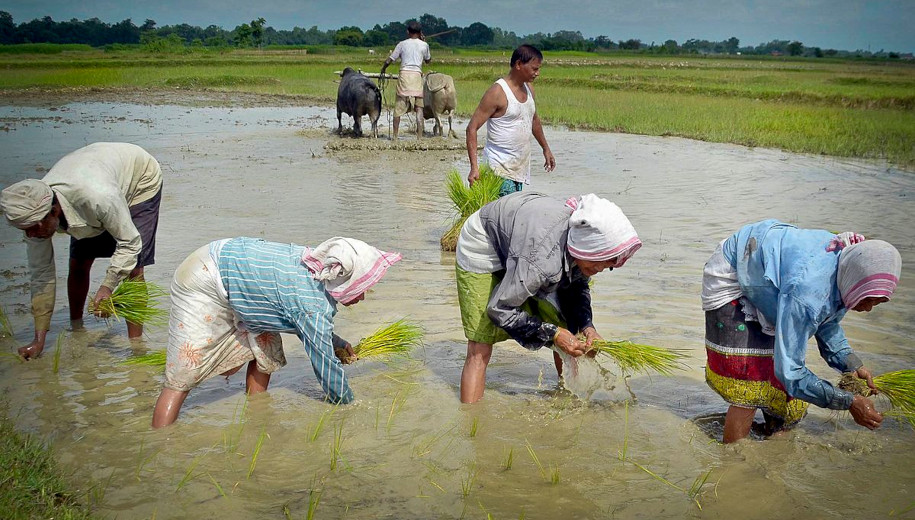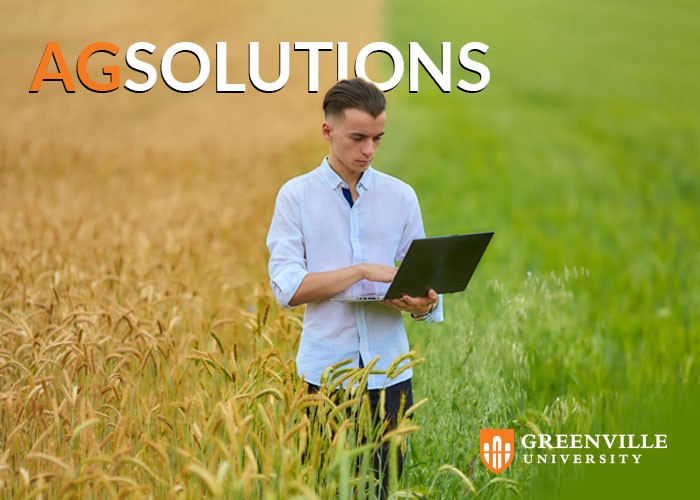 John LaRose Jr.
John LaRose Jr.
Topics: Soil Health, Agriculture Global, Research,
Microorganism that remediates cadmium-contaminated soil
In recent years, phytoremediation (the utilization of plants, animals and microorganism to take up or immobilize hazardous substances from contaminated soils) has been widely applied to the remediation ...
-
(0)
-
Bookmark
- Comments (0)
 John LaRose Jr.
John LaRose Jr.
Topics: Crop Consultant, Agriculture Global, Sustainability, GMO's, Genes /Genetics, Ag Australia/NZ, Plant Breeding, Food Security/Shortage,
Fast-forward breeding and rapid delivery systems for food security : Research for Agriculture
The University of Western Australia’s Institute of Agriculture has collaborated with international researchers to develop a roadmap to fast-forward breeding for accelerated crop improvement and rapid delivery systems, which will lead to a food-secure world. Two papers, recently published in Trends in Genetics and Nature Biotechnology, were the result of a Perth-based workshop organised by […]
-
(0)
-
Bookmark
- Comments (0)
 John LaRose Jr.
John LaRose Jr.
Topics: Soil Health, Precision AG , Agriculture Global, Crop Diseases, Genes /Genetics, Ag Innovation,
Fungal transplants from close relatives help endangered plants fight off disease
Endophytic fungi, which reside inside leaves, often protect plants from pathogens. In a paper recently published in Phytobiomes Journal, Chock along with fellow University of Hawaii researchers Benjamin Hoyt and Anthony Amend, treated E. koolauensis plants with endophytic fungi isolated from the leaves of closely related plant species, then assessed the resistance of these inoculated plants against myrtle rust. Although some individual strains of fungi seemed to decrease the pathogen severity, plants were most protected against the pathogen when treated with a complex mixture of microbes prepared from homogenized leaves of these related plants.
-
(0)
-
Bookmark
- Comments (0)
 John LaRose Jr.
John LaRose Jr.
Topics: Soil Health, Precision AG , Agriculture Global, GMO's, Genes /Genetics,
Bacteria stunt with established plant-soil feedback theory
‘What I find most alluring about soil life is that you can steer it,’ researcher Martijn Bezemer of the Institute Biology Leiden (IBL) reveals. ‘You can ask: What do you want? And then I can transform the soil into something you need. At least, that is what we thought.’
-
(0)
-
Bookmark
- Comments (0)
 John LaRose Jr.
John LaRose Jr.
Topics: Corn/Maize, Soil Health, Soybeans, Agriculture US, Crop Consultant, Education U.S. NorthEast, Agriculture Global, Ag Tech, Plant Breeding,
U.S. soybean, corn yields could be increased through use of machine learning | Penn State University
Research guided by a plant pathologist in the College of Agricultural Sciences suggests that machine-learning algorithms that are programmed to recognize changing weather patterns could show producers and agricultural managers how to increase soybean and corn yields in the United States.
-
(0)
-
Bookmark
- Comments (0)
 John LaRose Jr.
John LaRose Jr.
Topics: Agriculture Global, Economics, Sustainability, World Population, Renewable Energy (Solar/Wind),
Powering up the ‘last mile’ in renewable energy rollout - Asia & Pacific
What does it take to make rollout of renewable energy work in rural areas? Anita Makri follows trails of success.
-
(0)
-
Bookmark
- Comments (0)
 John LaRose Jr.
John LaRose Jr.
Topics: Soil Health, Weeds, Crop Consultant, Agriculture Global, Sustainability, Ag Asia / Pacific, Ag Innovation, Weather,
Climate-smart crop rotation works for Gangetic plains - Asia & Pacific
Climate-smart agricultural practices such as crop rotation can safely suppress weeds, says study.
-
(0)
-
Bookmark
- Comments (0)
 Randy Krotz
Randy Krotz
Topics: Agriculture Global, Ag Tech, Climate Change,
In Russia's vast agricultural land, a robot revolution is on the rise
A warming planet may unlock a giant farming frontier in Russia, but who will be there to harvest it all?
-
(0)
-
Bookmark
- Comments (0)
 John LaRose Jr.
John LaRose Jr.
Topics: Precision AG , Agriculture Global, Poultry, Economics, Research, Education,
Risk of airborne transmission of avian influenza from wild waterfowl to poultry negligible
Research by Wageningen Bioveterinary Research (WBVR) has shown that the risk of airborne transmission of high pathogenic avian influenza virus from infected wild birds is negligible. The research looked specifically at the airborne movement of particles from wild waterfowl droppings in the vicinity of poultry farms during the risk season for avian influenza (October to March). It also considered transmission via aerosolization, with the exhalations or coughs of wild waterfowl infected with avian influenza virus finding their way into the ventilation systems of poultry farms. As a precaution, it’s important that the carcasses of wild waterfowl or other wild birds that have died of high pathogenic avian influenza are removed from their habitat as soon as possible. If not, scavengers eating the carcasses could cause feathers to become distributed. Feathers of wild birds that died of, and if the wild bird died of high pathogenic avian influenza contain the virus, which can then the virus can survive for a long time in those feathers.
-
(0)
-
Bookmark
- Comments (0)
 John LaRose Jr.
John LaRose Jr.
Topics: Rice, Agriculture Global, Food/Nutrition, Sustainability, Ag Global Specialty Food, Ag Asia / Pacific, World Hunger, World Population,
India’s heirloom rice can supplement infant nutrition - Asia & Pacific
Traditional Indian rice varieties that have fatty acids vital for child nutrition need to be revived, says study.
-
(0)
-
Bookmark
- Comments (0)



